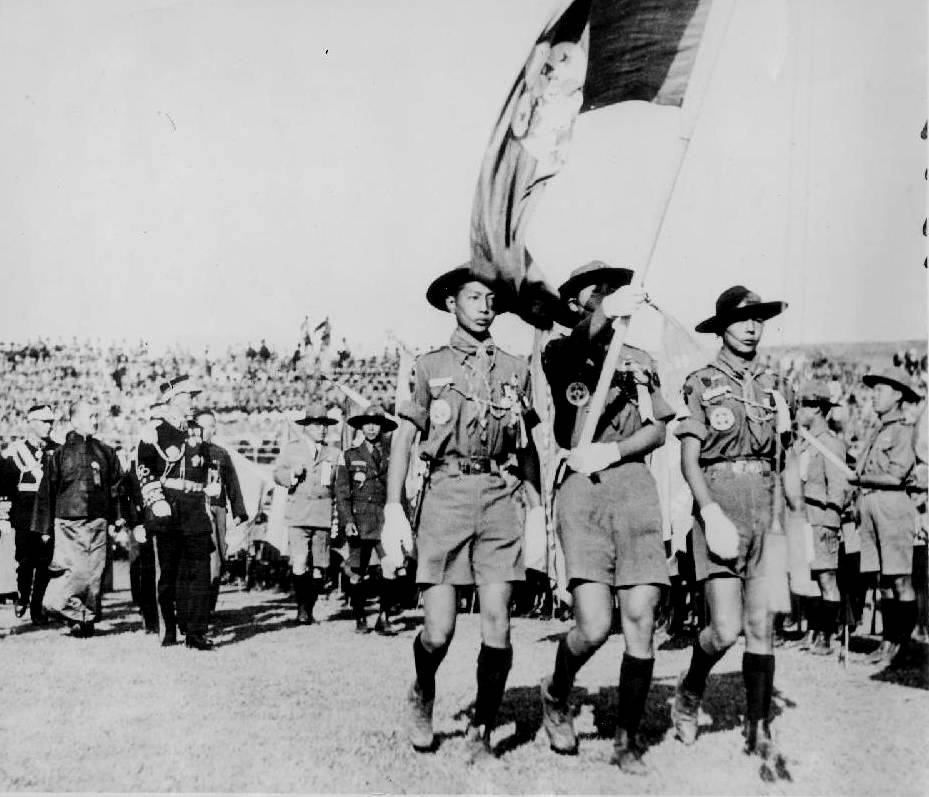
Figure 1.-- Chiang Kai-shek was rose to leadership of the Kuomintang party (KMT) was impressed with Scouting. He used the movement during the Nanjing decade (1927-37) to help promote the ethos of Republican civic duty and citizenship. He saw the Scouts as a modernizing influence to help attract young people. Here we see Chaing participating in a patriotic Scout rally in Nanking during 1936. The press caption read, "Preceded by boy scout Flag-bearers, General Chiang Kai-Shek, military leader of China´s millions, is shown with members of his staff as he reviewed 10.000 Chinese Boy Scouts and Girl Guides at the silver Jubilee celebration of the birth of the Chinese Republic. Left to right in the group are, General Feng Yu-Hsiang, Gen. Ho-Yin-Chung, Minister of war, and General Chiang Kai-Shek." The pgotograph was dared October 30, 1936, just before the Japanese invasion. |

